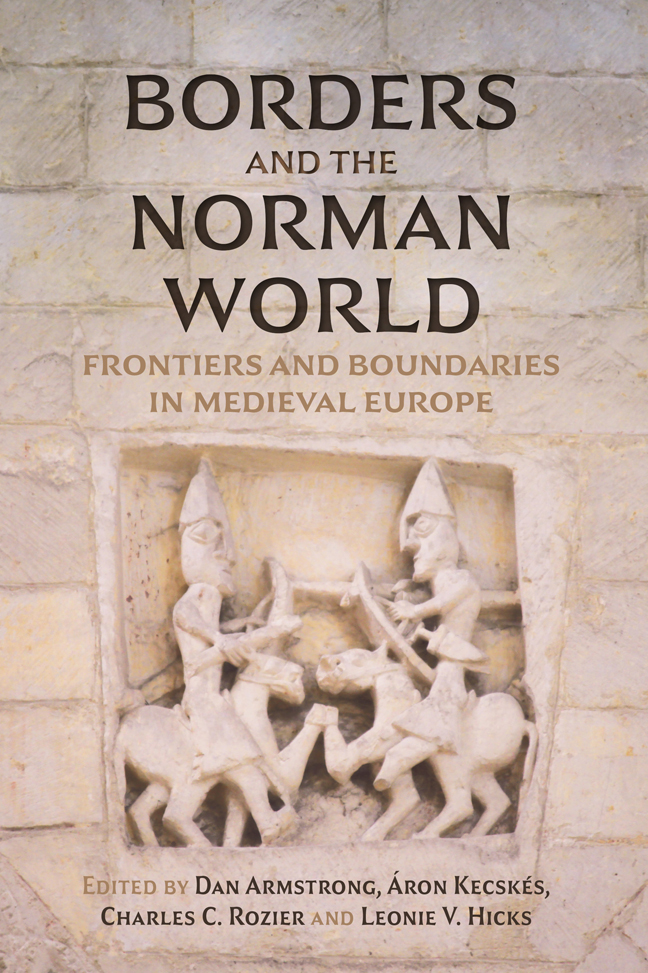Book contents
- Frontmatter
- Contents
- List of Illustrations
- List of Contributors
- Acknowledgements
- List of Abbreviations
- Naming Conventions
- Maps
- Introduction: Writing the Borders of the Norman World
- Part I Borders in and Around the Norman World
- Part II Ecclesiastical Borders
- Part III Conceptual Boundaries
- Afterword: Borders, Landscapes, and Seascapes
- Select Bibliography
- Index
5 - Alexander II and the Normans: Borders as Instruments of Dialogue and Compromise
Published online by Cambridge University Press: 22 February 2024
- Frontmatter
- Contents
- List of Illustrations
- List of Contributors
- Acknowledgements
- List of Abbreviations
- Naming Conventions
- Maps
- Introduction: Writing the Borders of the Norman World
- Part I Borders in and Around the Norman World
- Part II Ecclesiastical Borders
- Part III Conceptual Boundaries
- Afterword: Borders, Landscapes, and Seascapes
- Select Bibliography
- Index
Summary
The Purpose Of This chapter is to examine the papacy's relations with the Normans at the time of Alexander II (sed. 1061–73), in southern Italy, Normandy, and England. In these contexts, the papacy as well as the Normans appear to be in the middle of expanding their spheres of influence. This inevitably led to confrontations between them. Through negotiations, the papacy and the Normans sought to establish the limits – the boundaries – of their respective spheres of action. It is my intention to analyse these political boundaries, in order to identify their effects on Norman and papal power.
It should be specified at the outset that the relationship between Alexander II and the Normans was a decidedly ambivalent one. As we shall see shortly, for the pontiff, the Norman knights of the South were both a threat and a resource; they weakened and at the same time strengthened Alexander II's position in the aftermath of his election. A similar case can be made for Alexander II's relations with the Normans of England; here too we are faced with an ambivalent relationship, characterised by relentless negotiation of limitations. The papacy also represented both an opportunity and a limitation for the Normans: it was able to grant legitimacy to the newly emerging leaders, but at the same time conditioned their attitudes towards the management of ecclesiastical affairs.
In order to examine such complex relations, the concept of a border, or better, a boundary – understood, in this case, as the reciprocal limitation of the exercise of power – is particularly appropriate. When a boundary is established, it affects and influences all the parties involved, including those who impose the boundary. Thus, the idea of a limit and the image of a border are well suited to a consideration of the rise of Norman power in the central Middle Ages. There is, of course, a certain irony to this, since the Normans appear as a political force without limits, capable of reaching the extreme edges of the known world. Historiography on the Normans has long insisted on the predisposition to conquest that animated Norman enterprises between the tenth and the twelfth centuries. Indeed, the same discourse can be applied, mutatis mutandis, to the reform papacy of the eleventh century.
- Type
- Chapter
- Information
- Borders and the Norman WorldFrontiers and Boundaries in Medieval Europe, pp. 125 - 148Publisher: Boydell & BrewerPrint publication year: 2023



